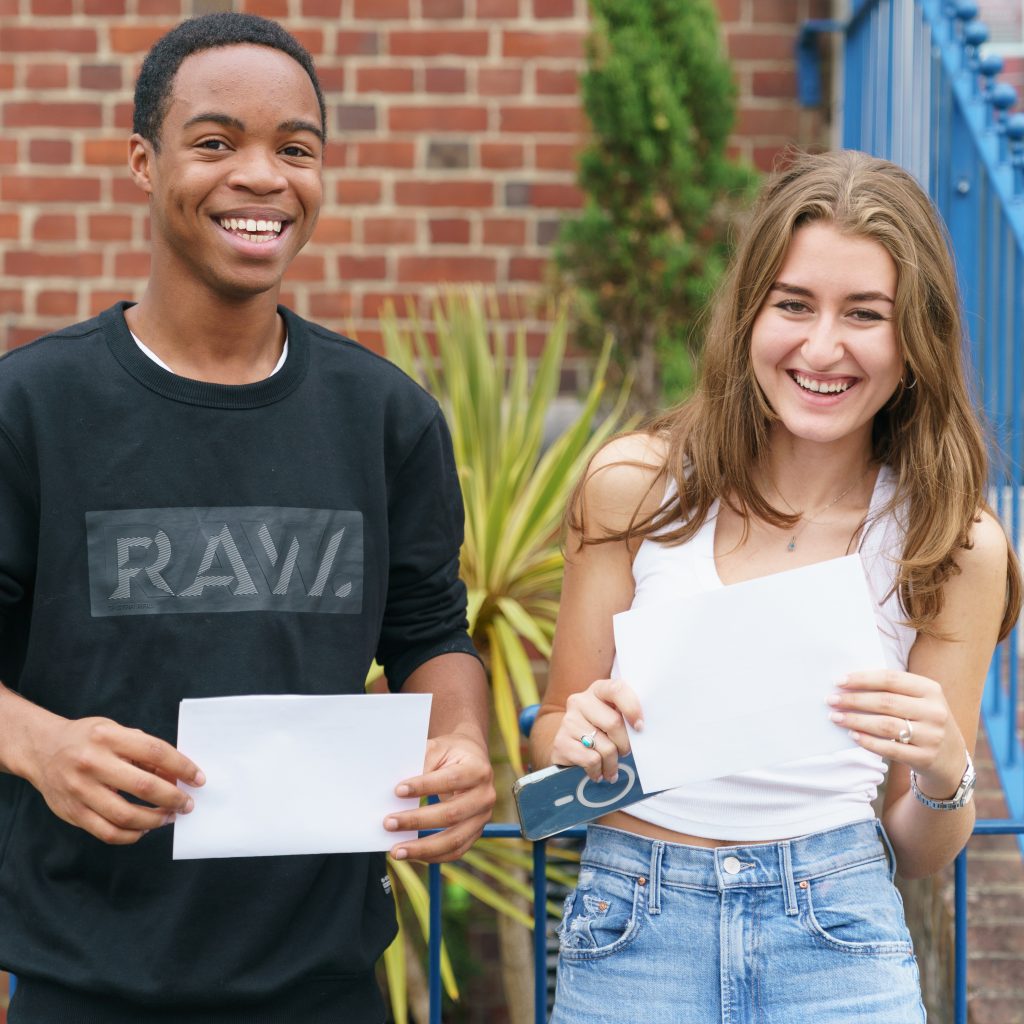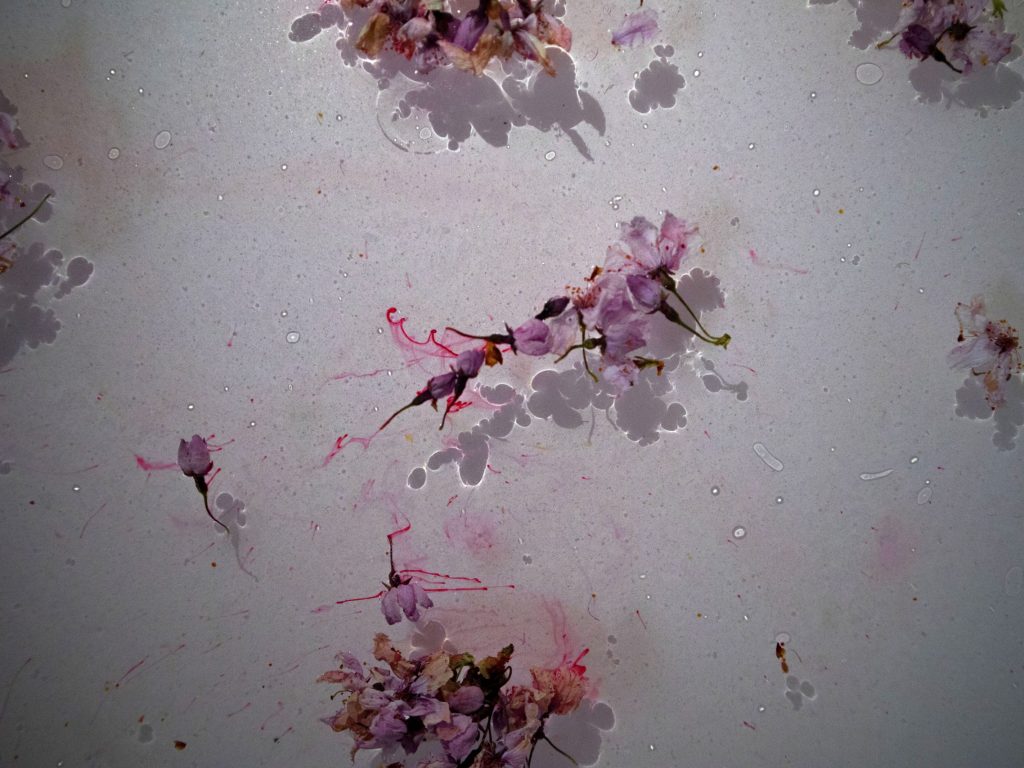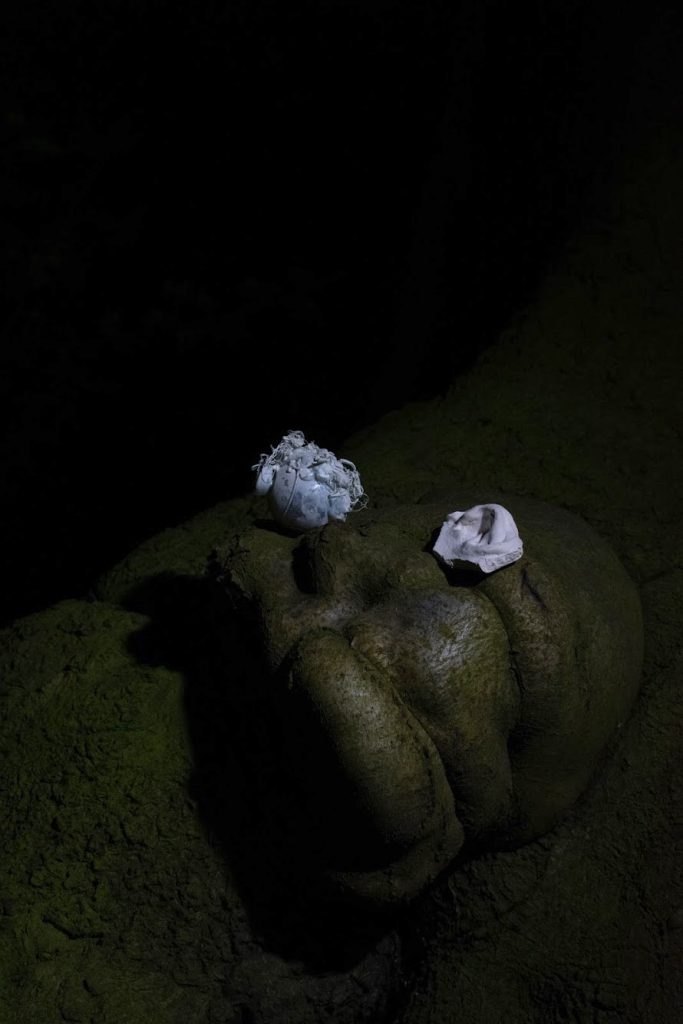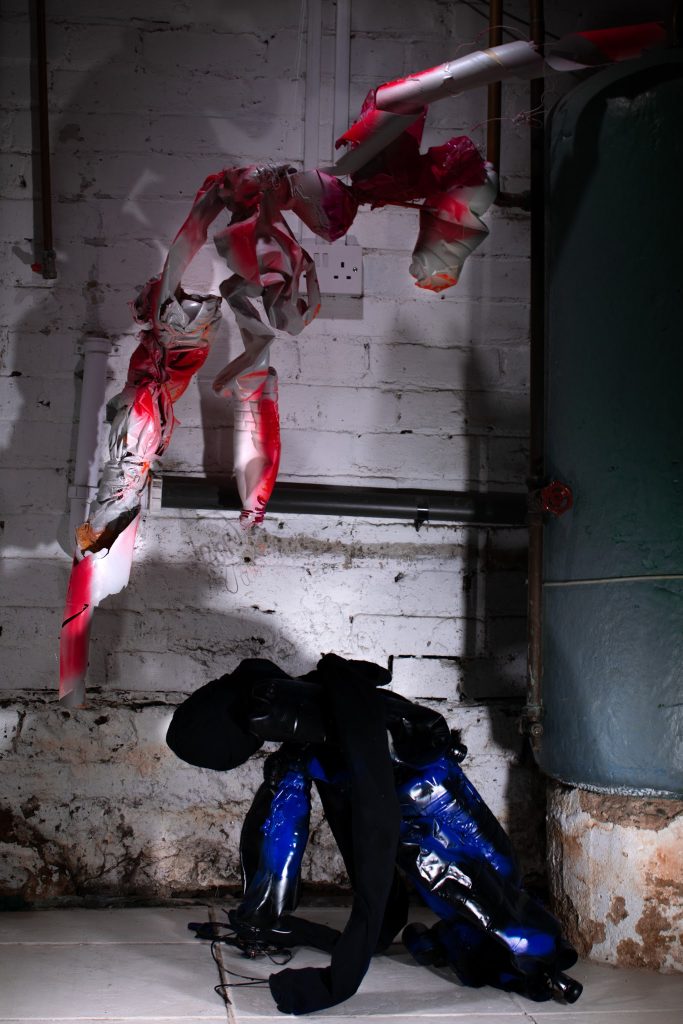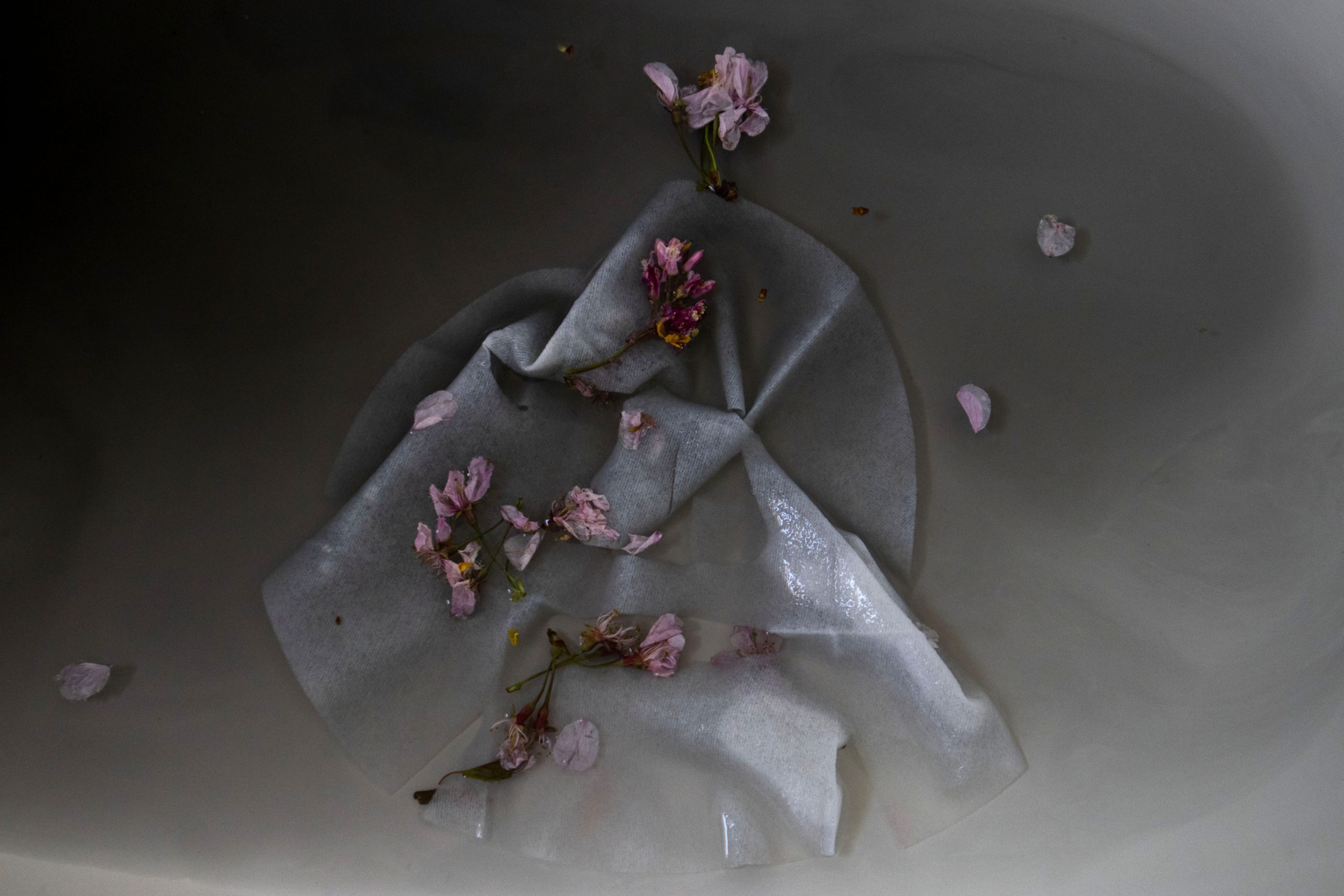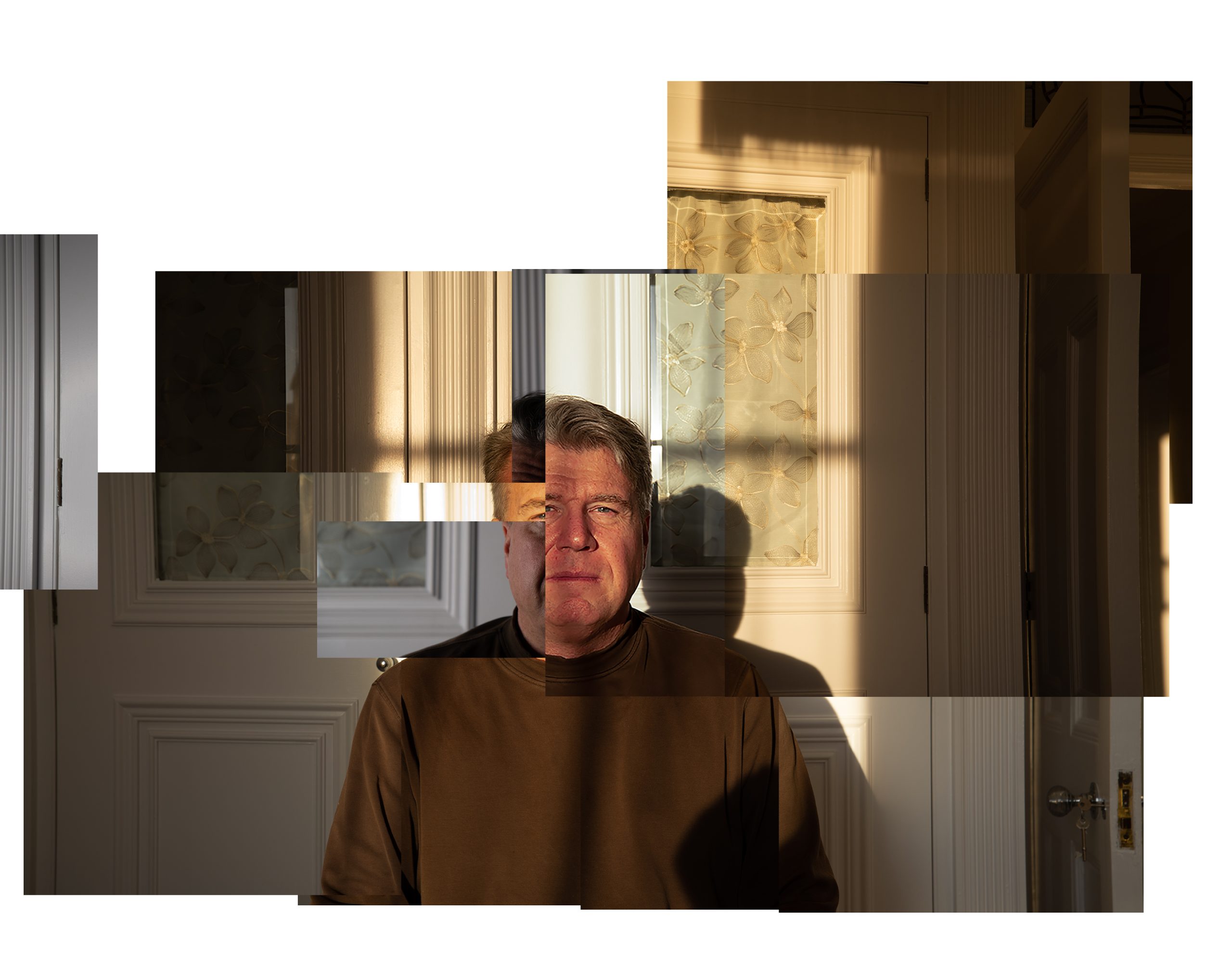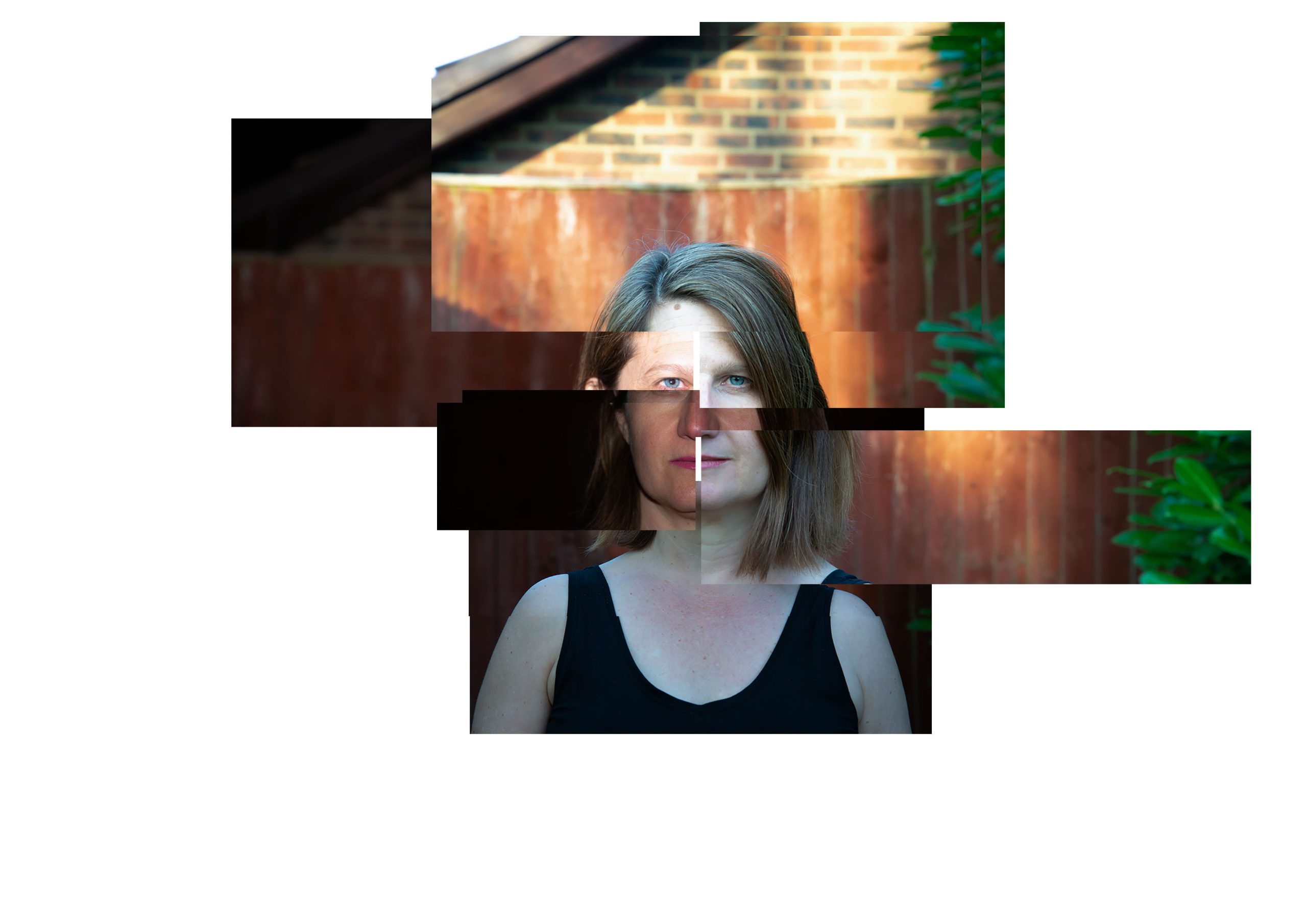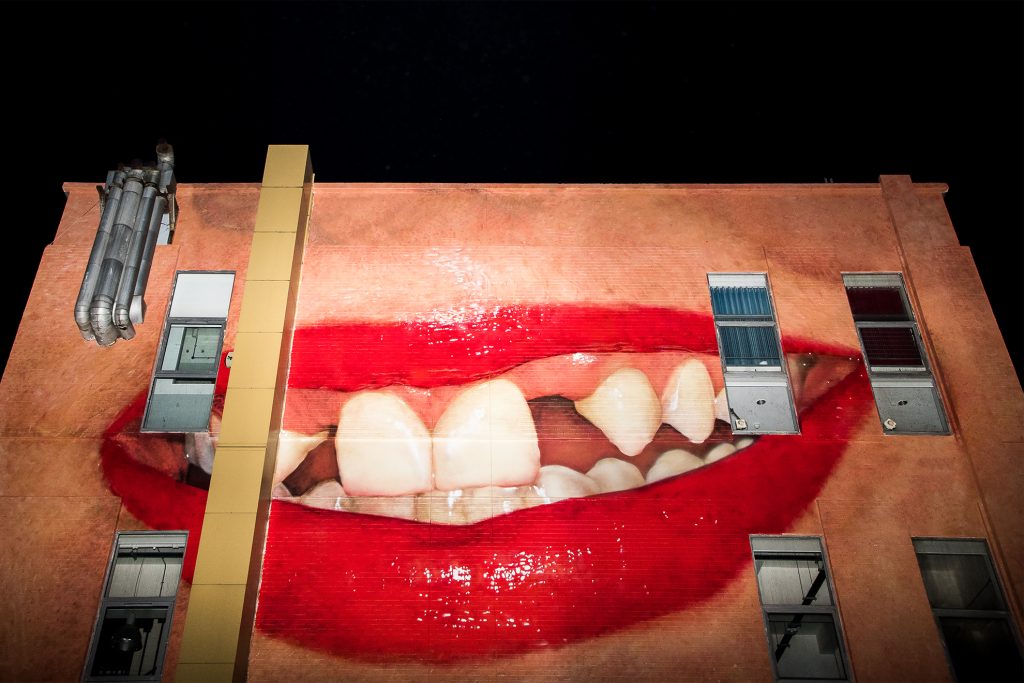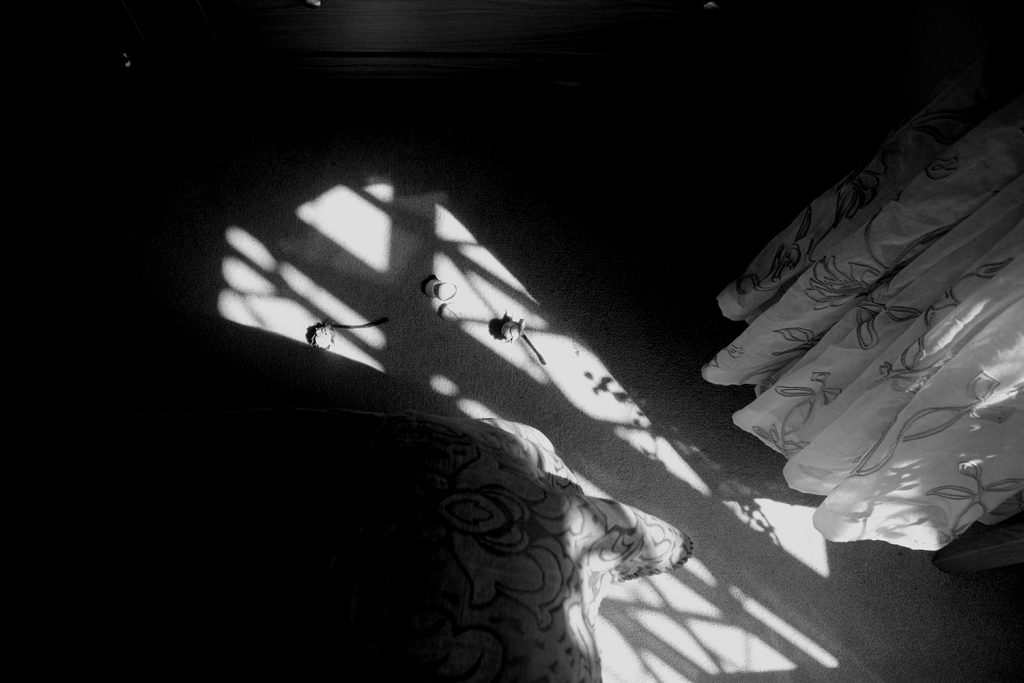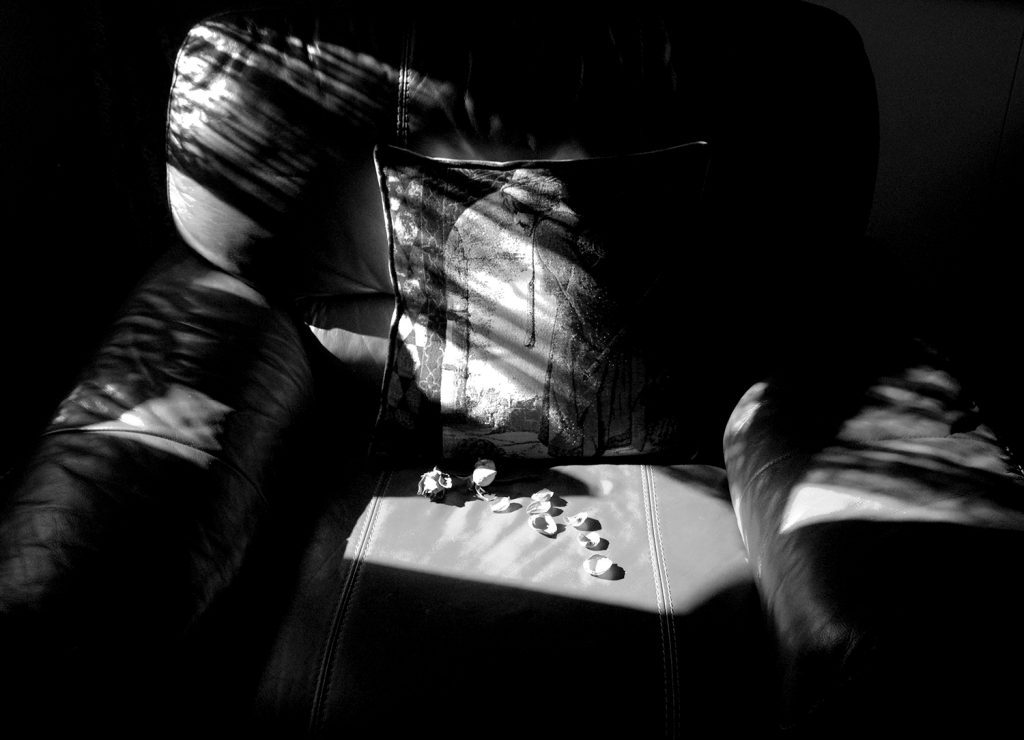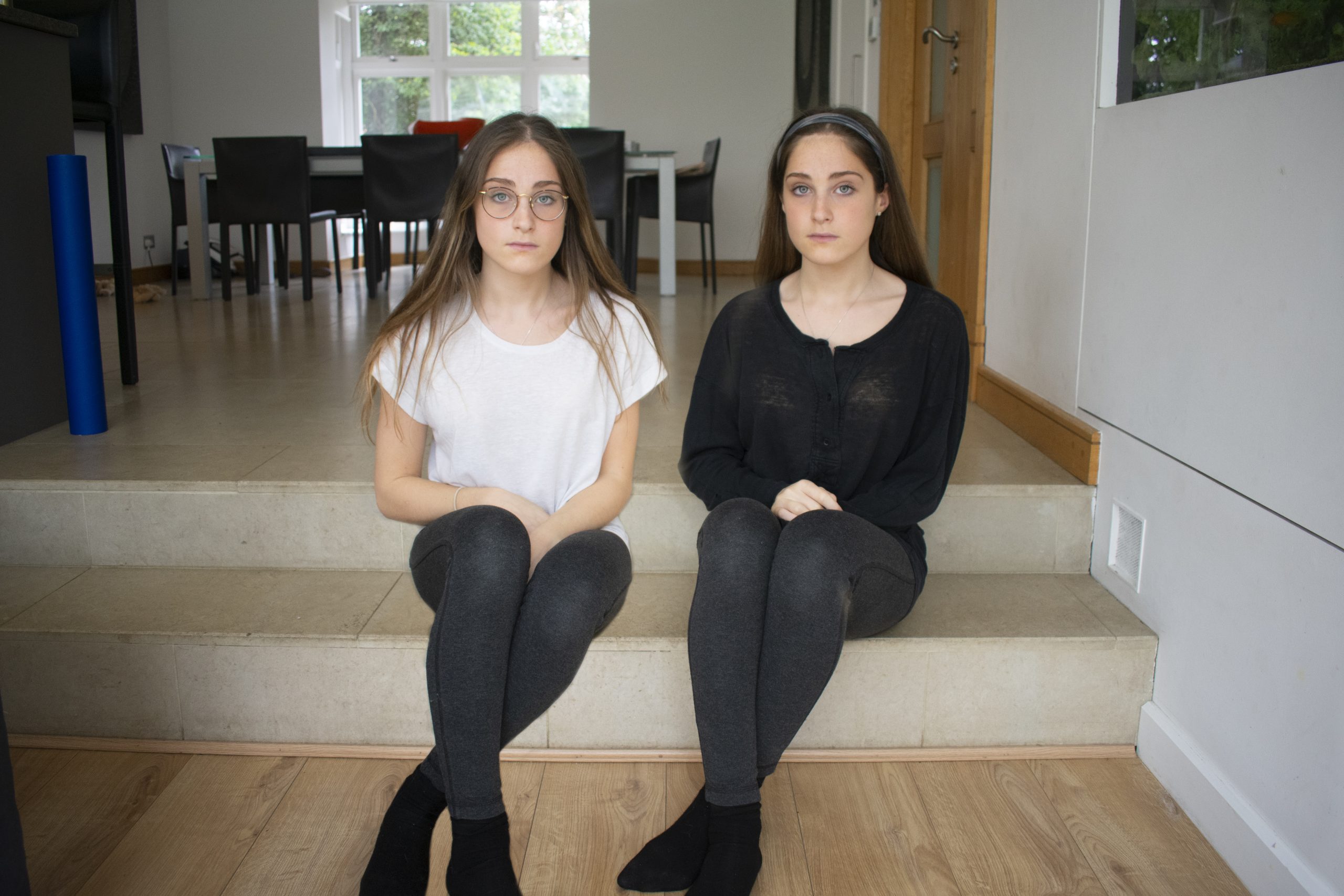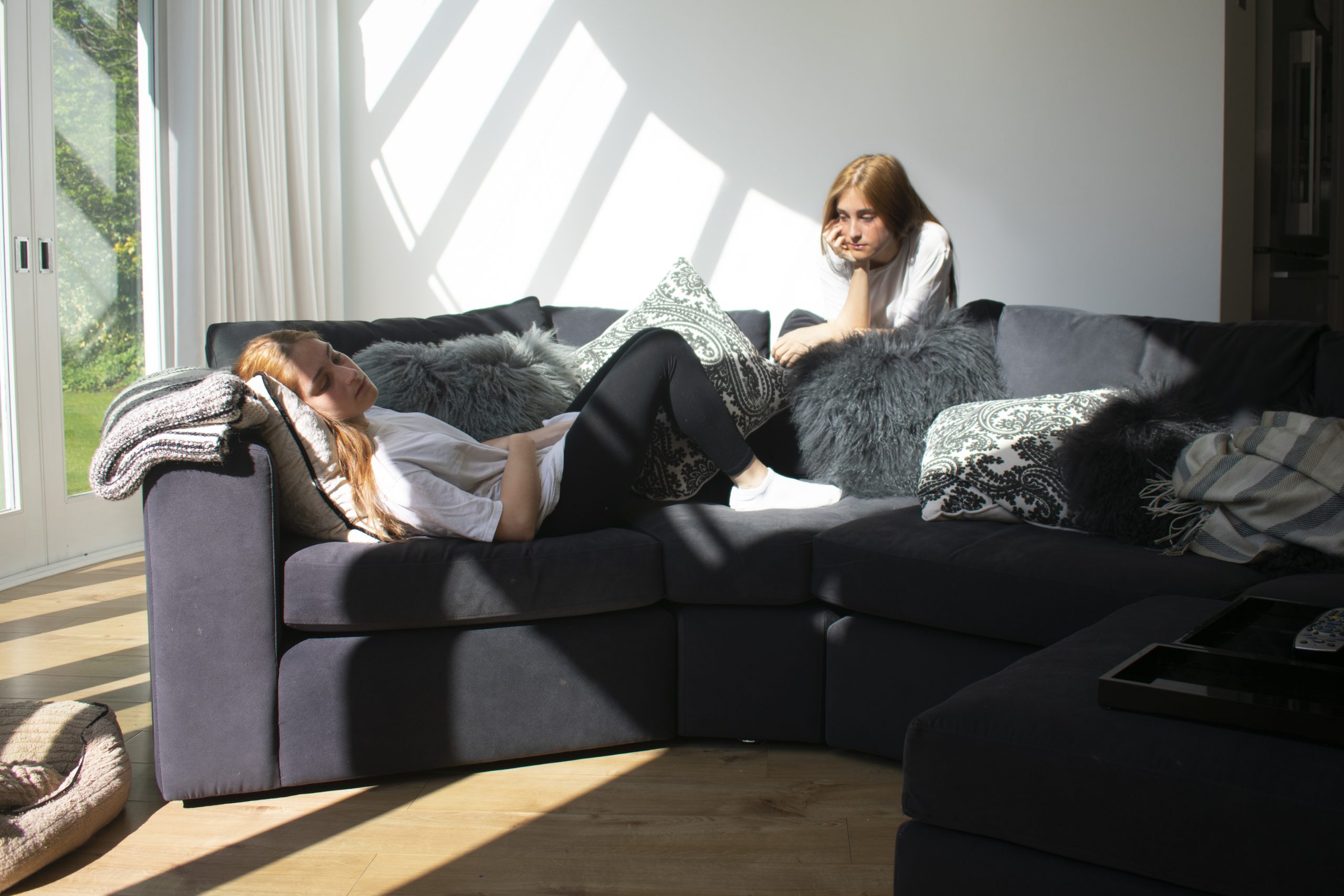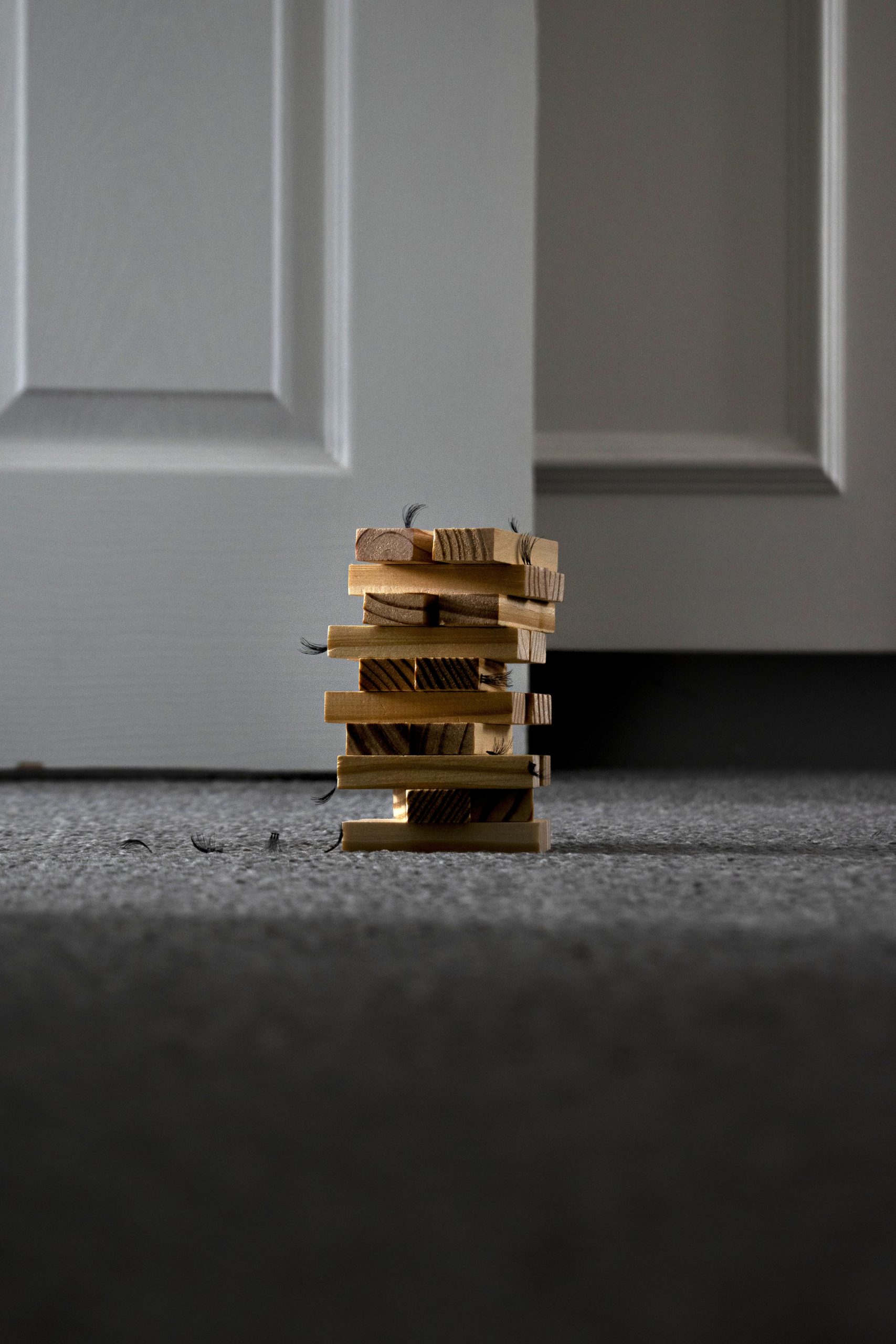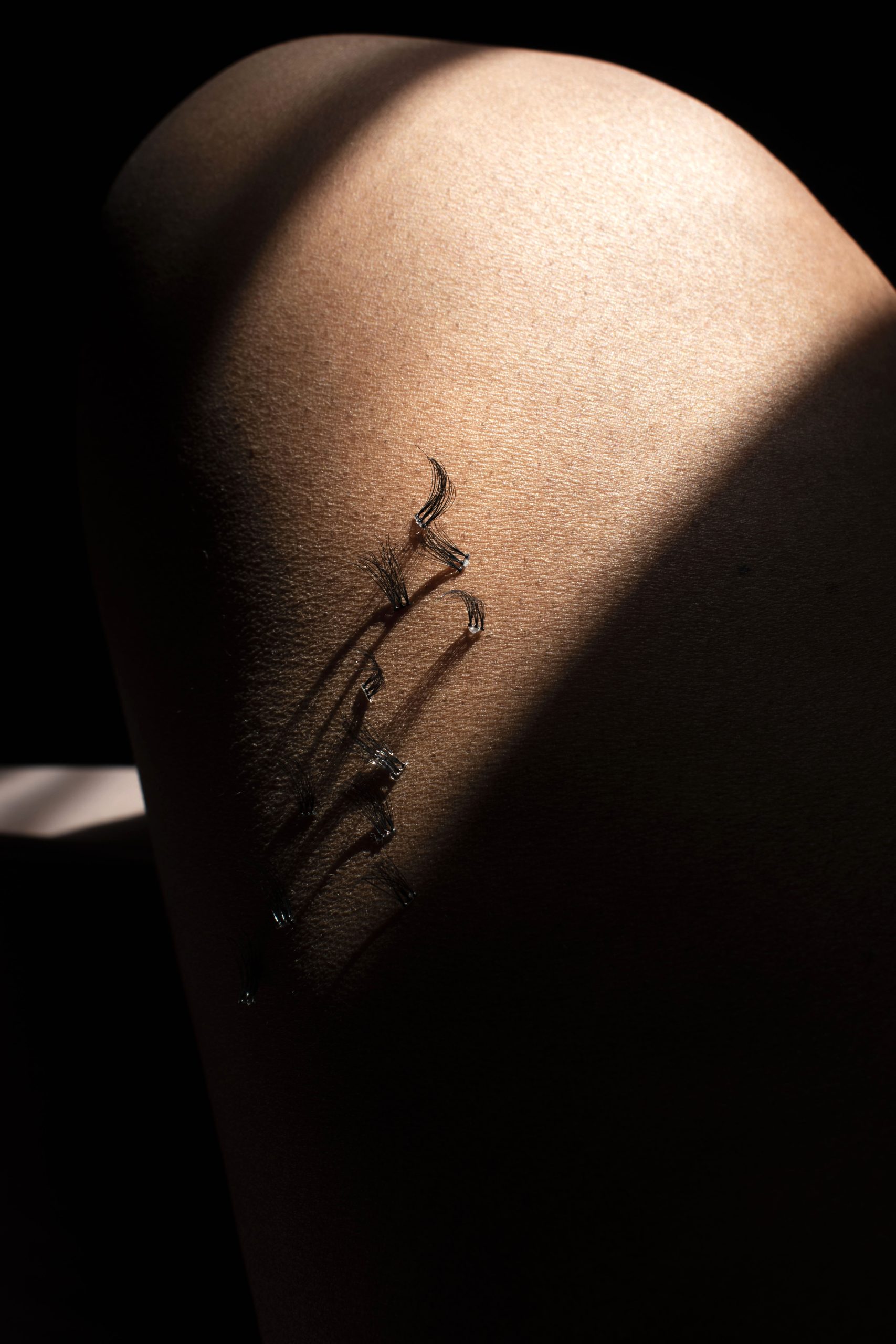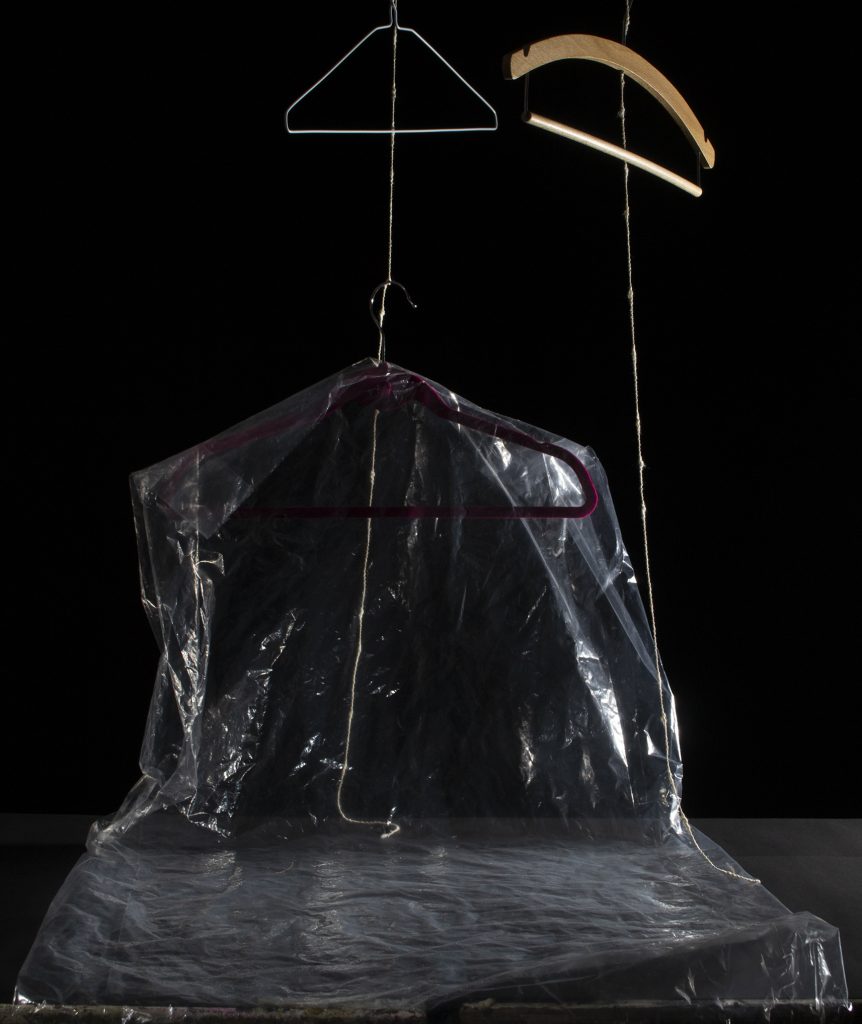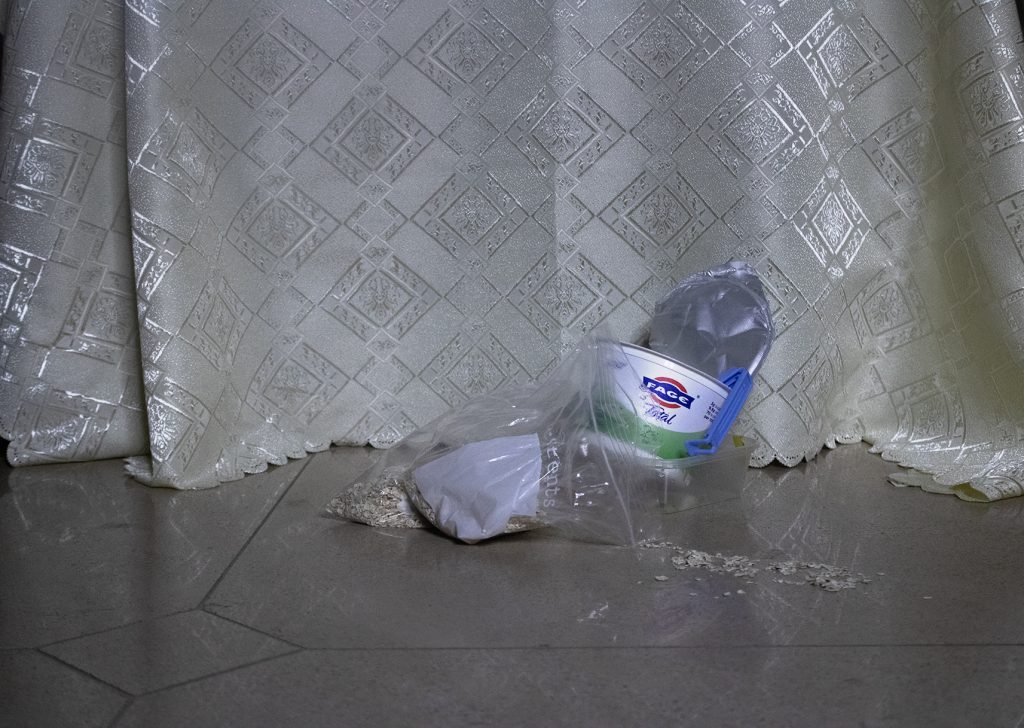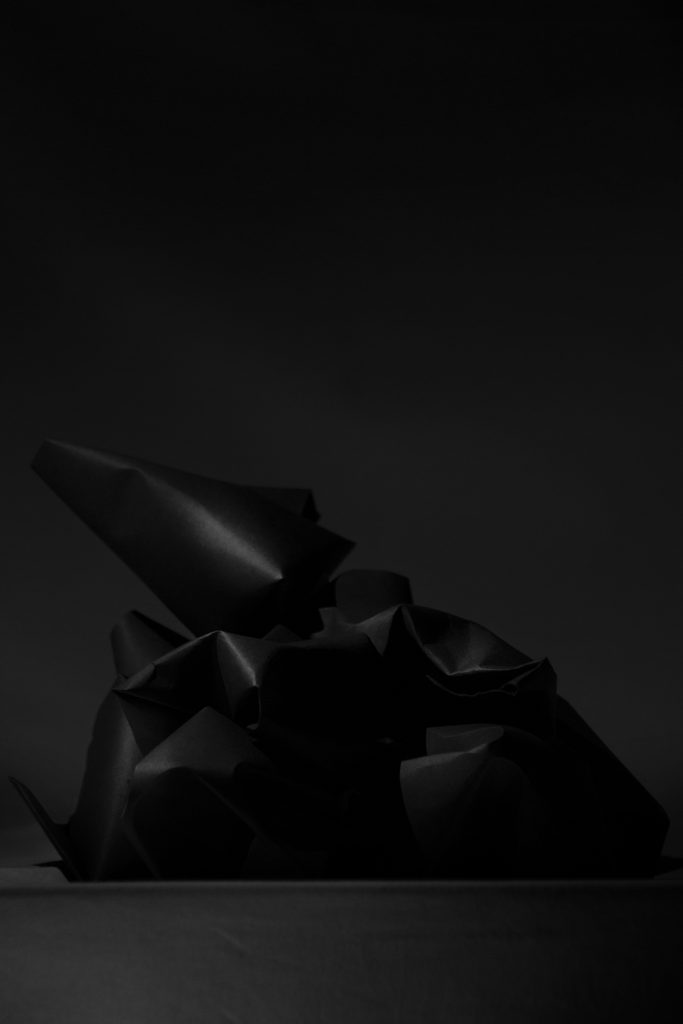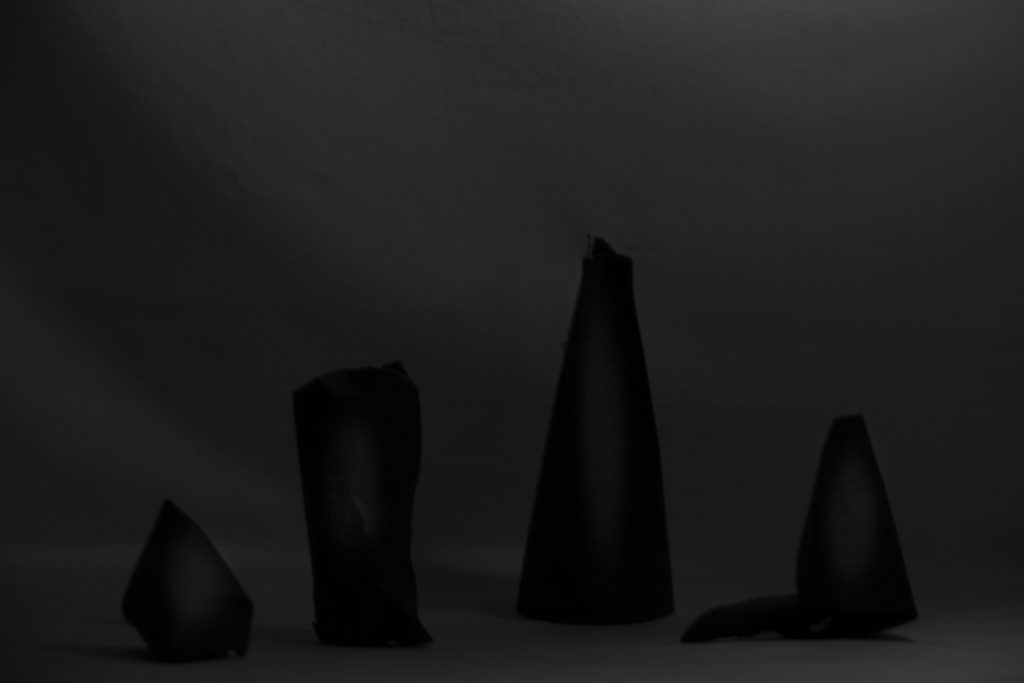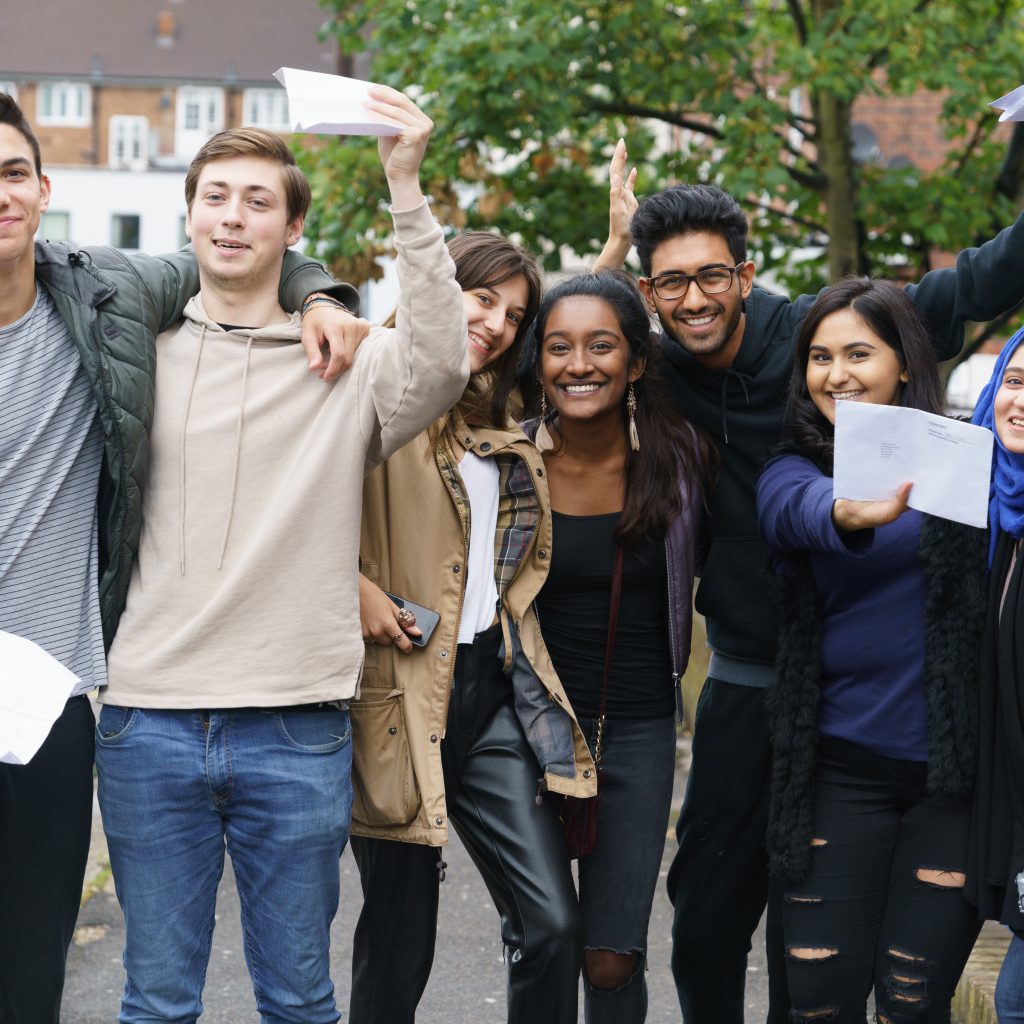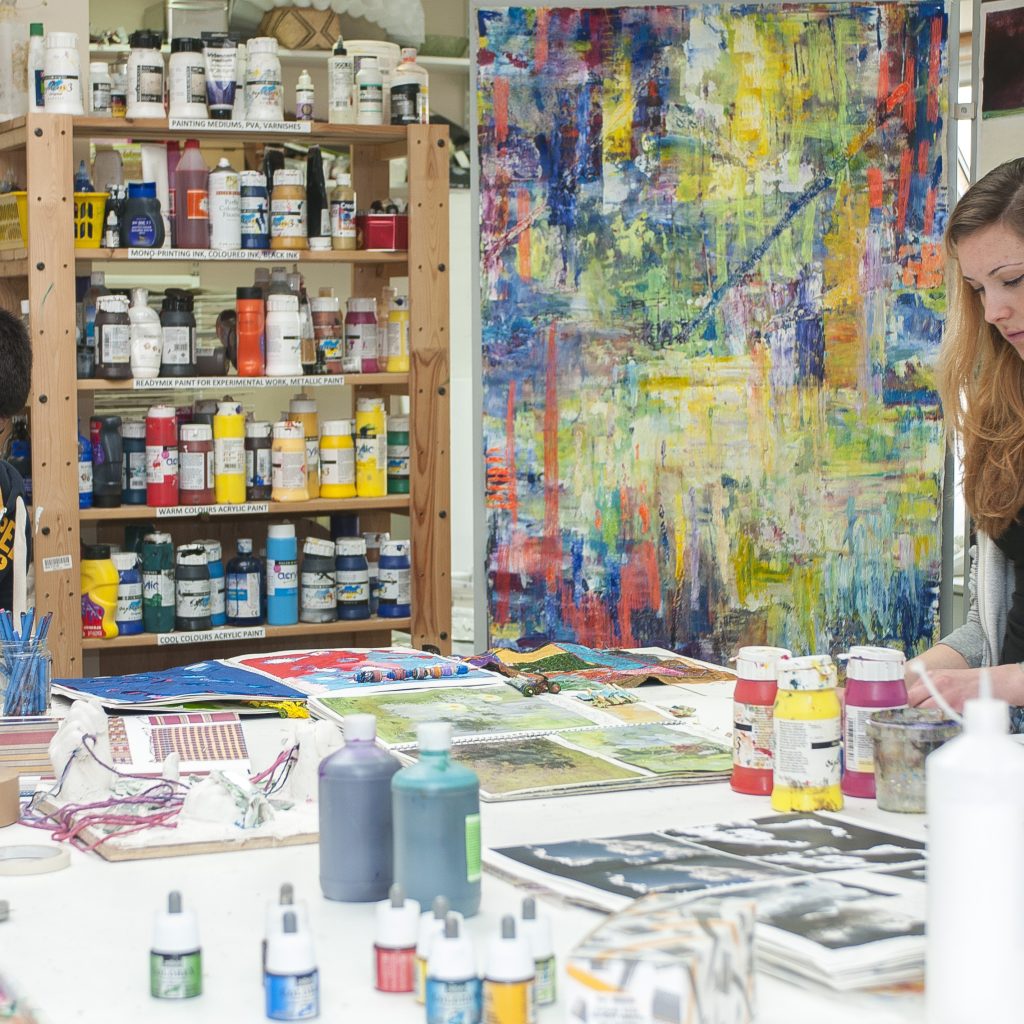Introduction by Ben Arkus (AS student)
Hello there quarantine restricted staff members/students of Brampton College! As I overburdened readers of this blog recently with my thoughts, I have decided to turn my attention to other student’s thoughts about the virus and their experience of isolation. Not through words though, but the medium of photography. Pictures allow us to express something that is entirely representative of our self; through the choice of location, theme, light, subject matter as well as framing and composition, the use of visual language has been employed creatively by the photography students to record their feelings of isolation. One is able to relate to the visual discomfort or sense of escapism present in many of the images. When showcasing all of these images together, they resemble a virtual exhibition, an exploration of the effects isolation can have on our minds and, for that reason, I feel it has to not only be documented but also shared.
I was welcomed by the A2’s recently for their weekly group critique on Zoom. I was enamoured by each student’s unique piece which encapsulated their feelings of the lockdown. During this unprecedented time, it was an informative and upbeat experience; the students have kindly shared their photography which is available to view in this post.
Lola Wendon: “Should I Call Social Services?”
I have created sculptures from used plastic bottles and other redundant items. The figures have similar emotional states but manifest them in different physical forms. The sculptures are a mixture of abstraction and representation. The figures are not fully fledged beings, their form captures a moment of intensity where emotion and physicality interplay and are in constant flux. They cannot progress, they are static by nature, something that is further emphasised with the photograph. The figures were positioned in different environments and the stills observe how the sculptures react with each other and with their environment. The two figures are in a state of distress. They want to help each other but cannot do so as they are constrained by the impossibility of fully understanding each other. The title challenges the viewer to make a judgement on what the images depict.
Erin Kovaks: “Fond hope”
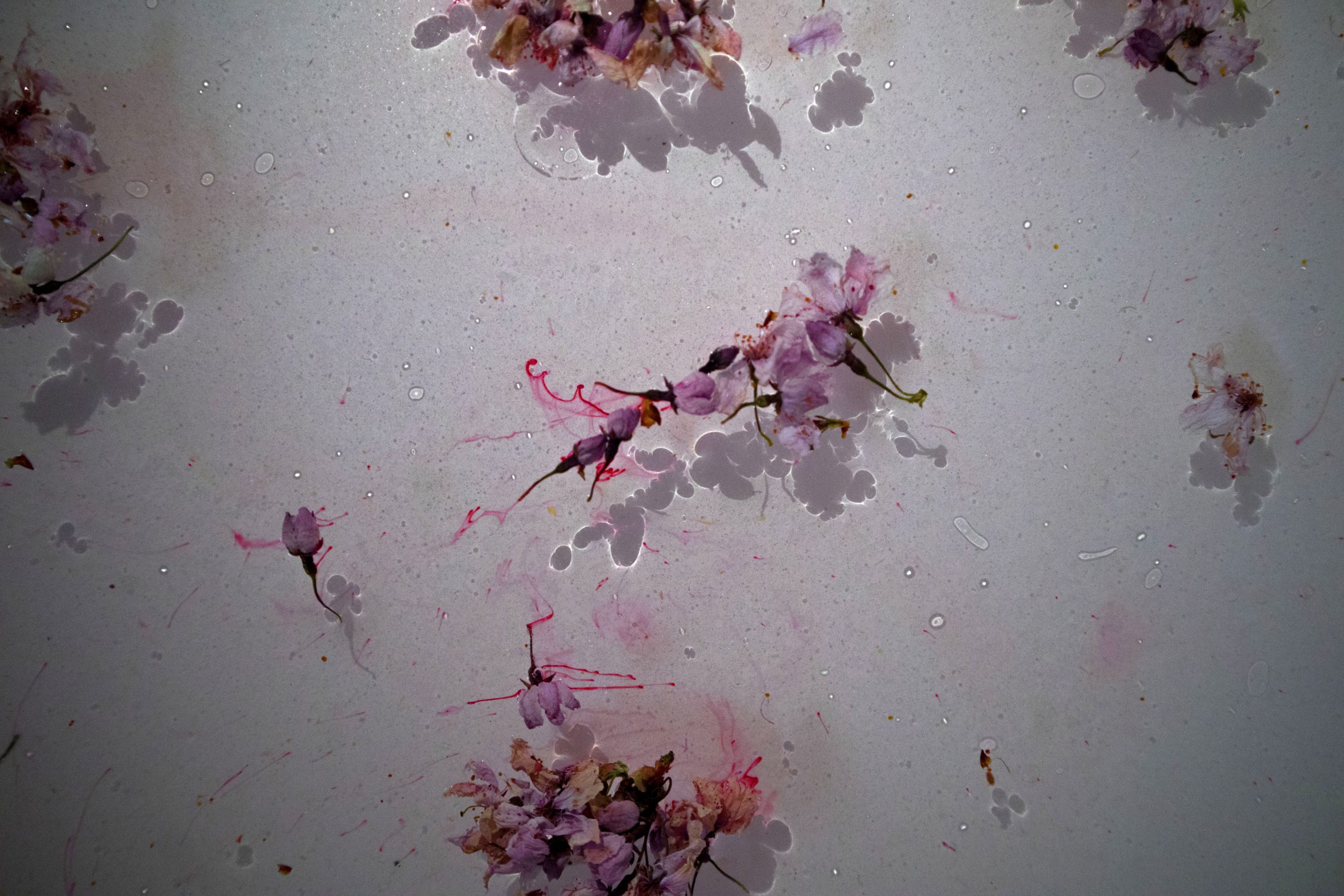
As we went into lockdown I continued to photograph the flowers as they decayed day by day. Because I was unable to go out and get new flowers for each shoot, my project took a turn. The decaying flowers have become a representation of people’s feelings through this uncertain period and serve as a metaphor. I began to add different objects: face masks, a half eaten orange and glove fingertips. These all add a subtle personal narrative turning these still lives into a makeshift quarantine-diary.
Emma Swanson: The Connection of Light

My project focuses on the connection and cohesion of different images. I strive to incorporate and find differences in each and every photo, to create one final image. A significant focal point in the work is the use of different light available throughout the day. In this series of digital photomontages, light has played a vital role. I find that as light changes, it greatly affects our mood and mental state, now more than ever. In these ‘portraits’ of my family, I have tried to reflect their day in quarantine through their gaze and mood, where the viewer is invited to be present in a moment of intimacy between us. There is a repetition in the images, where day after day in quarantine we see the same thing, again and again.
Kesha Grigorev “Pandemic. Inside/Out”
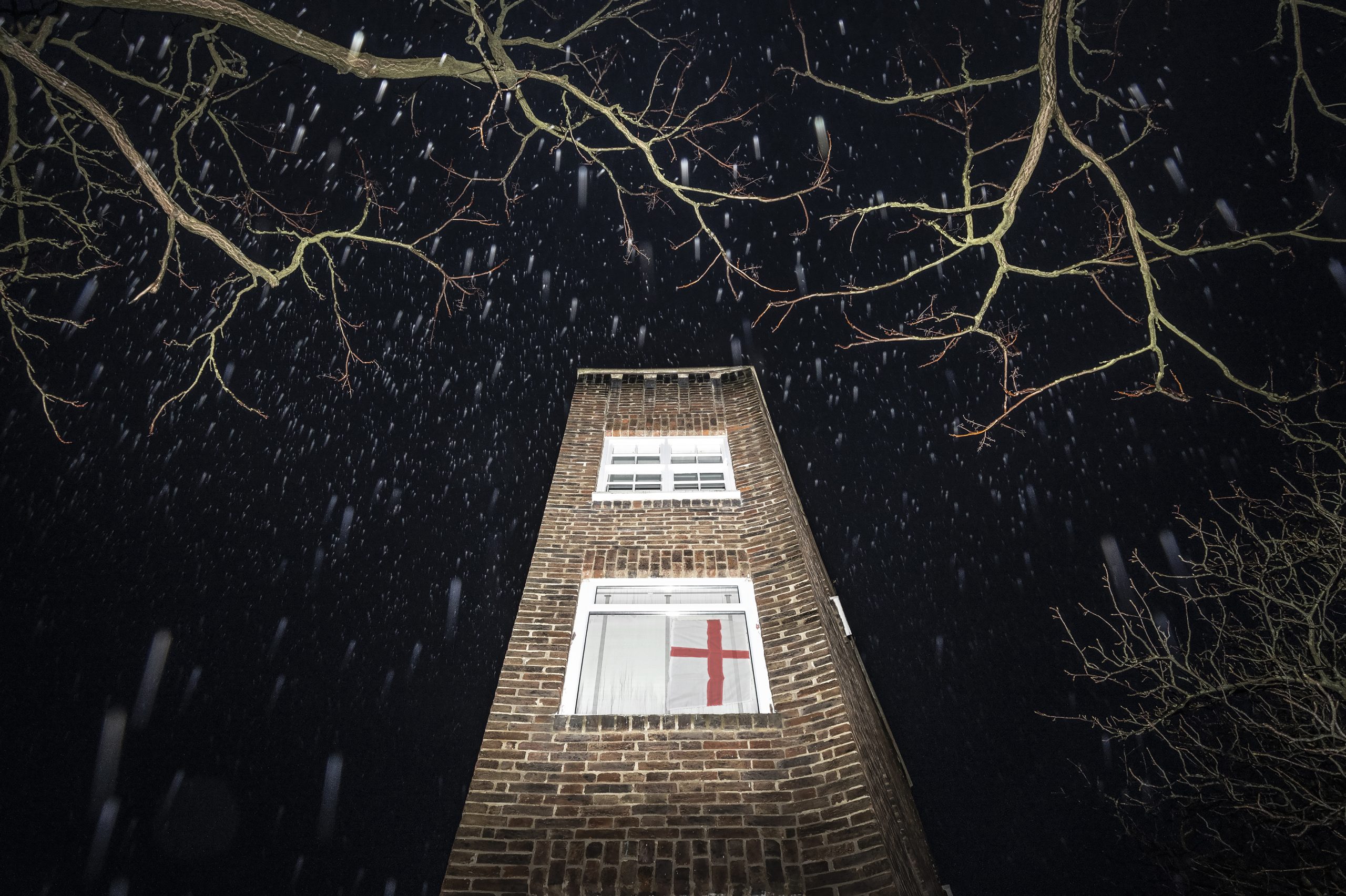
In popular culture, the colour red is always associated with danger and insecurity. In the indoor part of the series, red represents the overall feeling of uncertainty and trepidation I have experienced since the beginning of lockdown.
Leili Soltanian: “Tired Flowers”
Before quarantine I was taking pictures of fresh flowers as I could go out during the day and night. Every flower looked fresh and alive, however, since the quarantine started I’ve had to use the same flowers as I’ve been unable to go out. I dried them out by leaving them under the sun in the hopes of keeping them for longer. As the quarantine continues, the dried roses get more and more tired, much like we all do. Their petals are falling every day, they move from one place to another in my house, the same as I do.
Lucy Abrahams: The freedom of isolation
During this time in lockdown and without the ability to venture out of our homes, society has been given the opportunity to self reflect. Without input from the outside world and all its distractions, I find myself with a free space to explore things about my life that I would not usually get the chance to. The idea of creating two versions of myself has stemmed from my original project where I was photographing twins before the lock-down. Because of the current crisis my project had to take a u-turn, the creation of a ‘second self’ in my images is circumstantial and captures the self-reflection in lockdown. With outside interaction it is easy to drift away from your true self becoming lost in the busyness of daily life. Being restrained by the four walls of my house although limiting, is also freeing, allowing me to be myself.
Cynthia Wambui Waweru: It’s Not That Bad
Quarantine is my new normal, I am bored. Rubber-bands, lashes, queen of hearts, a game of Jenga. I am a homebody, it’s not that bad. To escape from boredom, I have created a series of surreal images that showcase moments of procrastination. In this project I show actions I might normally do without thinking and turn them into performative photographs by paying attention to them.
Daniella Laurence
Throughout my project, there’s an absence of people in what was being photographed yet a presence in human activity. Whilst I photographed the remnants of people, I also chose to play with the idea of perception by photographing those remains in a playful way, allowing the viewer to focus on the objects individually, appreciating them from a different perspective and observing how they behave out of their usual context. The photographs allow
observations to be made of overlooked or forgotten details and remnants of daily existence, creating a feeling of surrealism.
Sejal Patel: Between Day and Night
In this project I was exploring the theme of artificial lighting, I started by focusing on night photography and low light situations which gives us an altered perception of reality. Abstract shapes and monoliths made from paper create an eerie series of images that show how my work has adapted from outdoors to indoors, photographed between day and night.

